The différent types of fabrics
When you get to buy vintage fabrics there are a few thing you need to know. Here are the different types of natural fabrics that I know:
Pure Linen:
It's the most rare and expensive type of fabric. Some of them are even weaved by hand. You can tell by the seam in the middle of the fabric, the loom was not very wide so sometimes the fabrics needed to be sewn together to make larger piece for bedding for instance.
The pure linen is very heavy and pleasant as bedding, it's cool in summer and warm in winter.
The fabric is quite stiff when new but becomes softer and softer with use. It dries quick and makes really beautiful curtains as it's heavy and falls beautifully.
This fabric used to be advised to ease children with eczema.
To know more: wiki
Métis (coton and linen blend):
Mostly used in more recent fabrics. It makes the fabric softer.
The softness depends of the quantity of coton. But the high quantity of flax makes it last longer. There is a minimum of 40% of lax.
This fabric is less expensive and really enjoyable for an everyday use.
Batiste:
Fine linen used in ancient clothing. Mostly found in nightgown. Can be quite rough when new but soften easily.
Very pleasant in summer since it is very lightweight and breathable.
Linon:
Most fine linen existing. Very soft. Used for hankerchief or shirts.
Hemp:
Very rought fabric but also very durable. Used for cloths in ancient times, the rich people made their servant wear them to soften them before they wear them. It was also weared by the penance.
Perfect for tablecloth, curtain, upholstery and any craft project.
Please be indulgent if I have made a mistake and tell me so I can correct it.
These information come from my own knowledge and what my mom and grandma told me and people can make mistakes!
Thank you.
Lorsque vous acheter du linge ancien, il y a certaines choses qu'il faut savoir. Voici les différents types de tissus que je connais:
Le pur lin:
C'est un type de tissus parmi les plus rares et chers. Certains d'entre eux sont tissées à la main. Vous
pouvez le voir grace à la couture au milieu de l'étoffe, le métier à tisser
n'était pas très large donc parfois les tissus devaient être cousues
ensemble pour faire de plus gros morceaux, pour les draps par exemple.
Le lin est très lourd et agréable pour le linge de lit, il est frais en été et chaud en hiver.
Le tissu est assez raide à l'état neuf mais devient plus doux et souple à l'usage. Il sèche rapidement et fait de beaux rideaux car il a un merveilleux tomber.
Ce tissus est recommandé pour les enfants ayant de l'eczéma, il soulage les démangeaisons durant la nuit (recette de grand-mère testée et approuvée).
Métis (coton et lin mélangés):
Principalement utilisés dans les tissus plus récents. C'est un tissus plus doux que le pure lin.
La douceur dépend de la quantité de coton. Mais la grande quantité de lin fait durer plus longtemps. Il y a un minimum de 40% de lin pour l'appellation métis.
Ce tissu est moins cher et vraiment agréable pour un usage quotidien.
Batiste:
C'est une toile de lin fin utilisé dans les vêtements anciens. Trouvé principalement dans les chemises de nuit. Il peut être assez raide quand il est neuf mais s'adoucis facilement.
Très agréable en été car il est très léger et respirant.
Linon:
Toile de lin très fine et douce utilisée pour les mouchoirs et les chemises.
Chanvre:
Tissus assez grossier et raide mais aussi très résistant et lourd. Anciennement utilisé pour les vêtements, les riches les faisaient porter par leur serviteurs pour les adoucir un peu avant de les porter eux-memes. C'était aussi les chemises portées par les pénitents. Ceci vous donne une idée de la douceur du tissus :).
Idéal pour les nappes, rideaux, tissus d'ameublement et de tout projet de travaux manuel. Donne un très bel aspect rustique et ancien.
S'il vous plaît soyez indulgents si j'ai fait une erreur et dites-le moi pour que je puisse la corriger.
Ces
informations proviennent de mes propres connaissances et de ce que ma mère
et grand-mère m'ont dit et les gens peuvent faire des erreurs!
Merci.







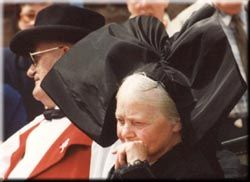

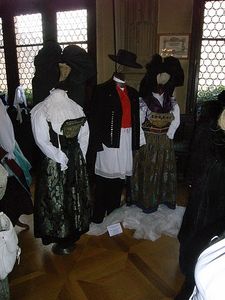
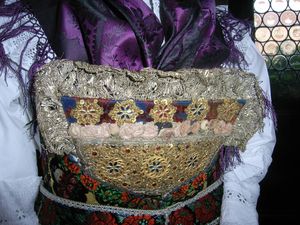
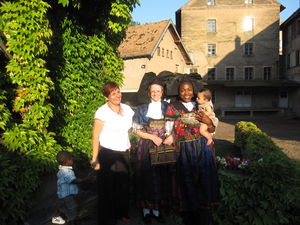
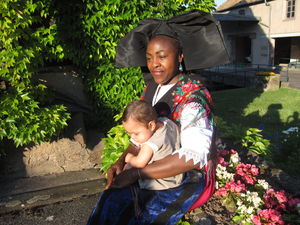


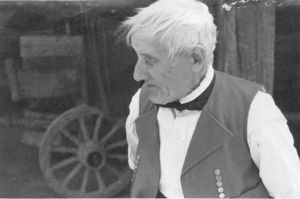
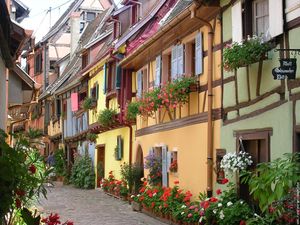



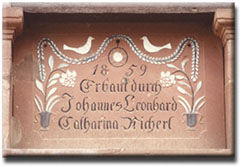
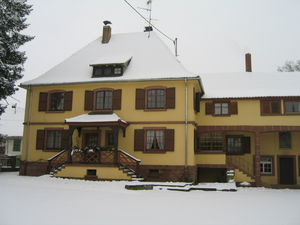
/https%3A%2F%2Fprofilepics.canalblog.com%2Fprofilepics%2F6%2F6%2F662739.jpg)